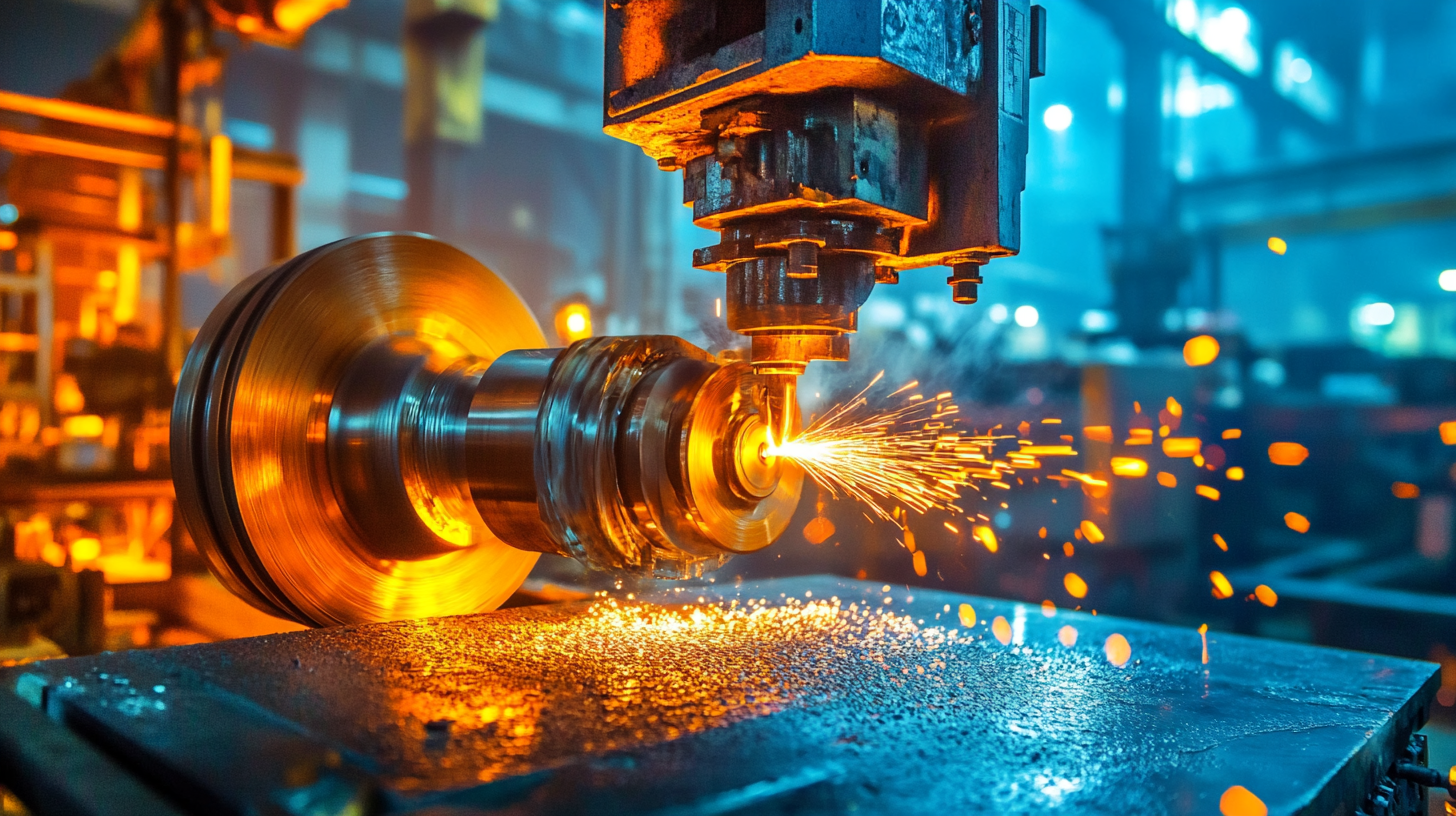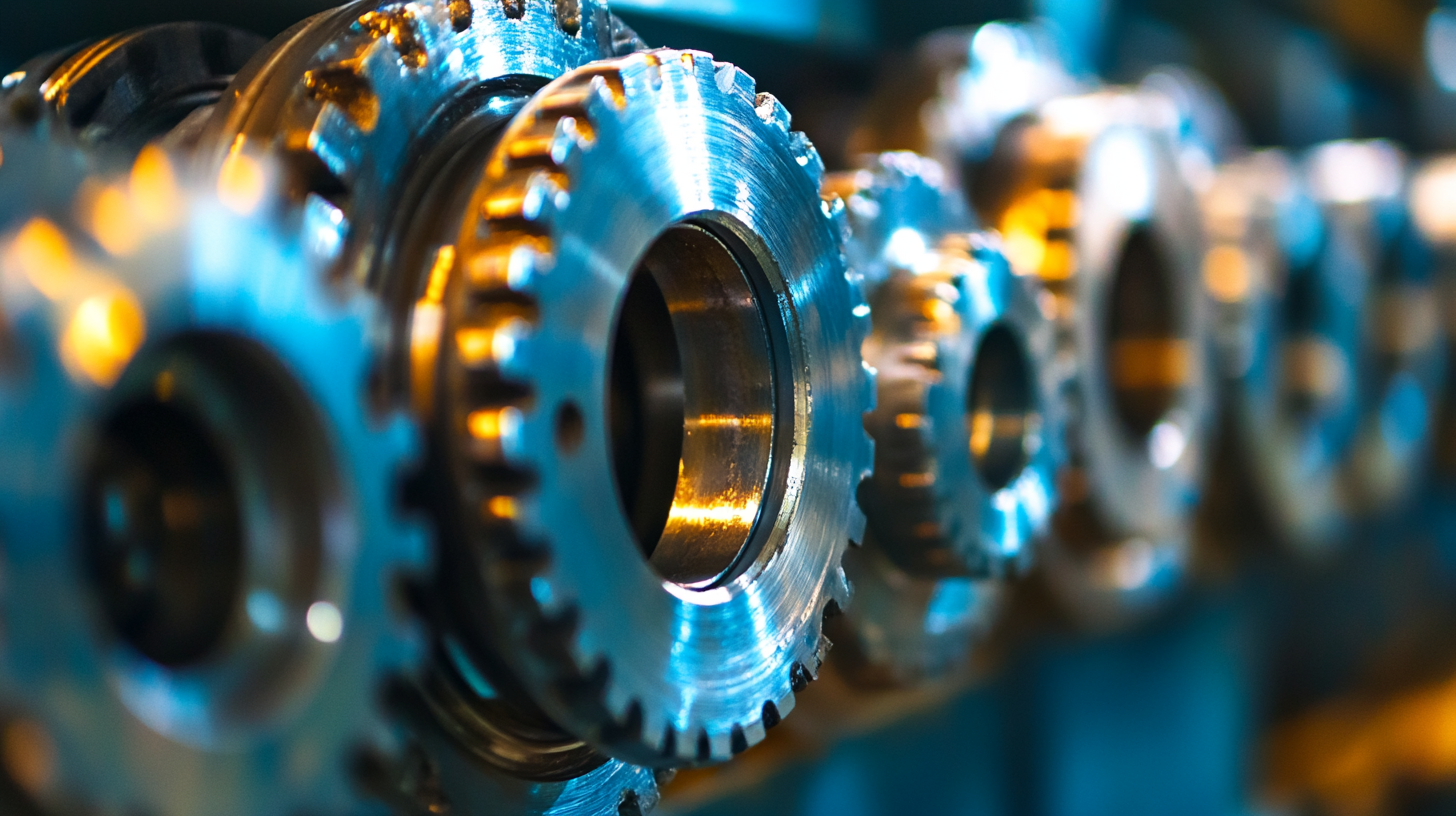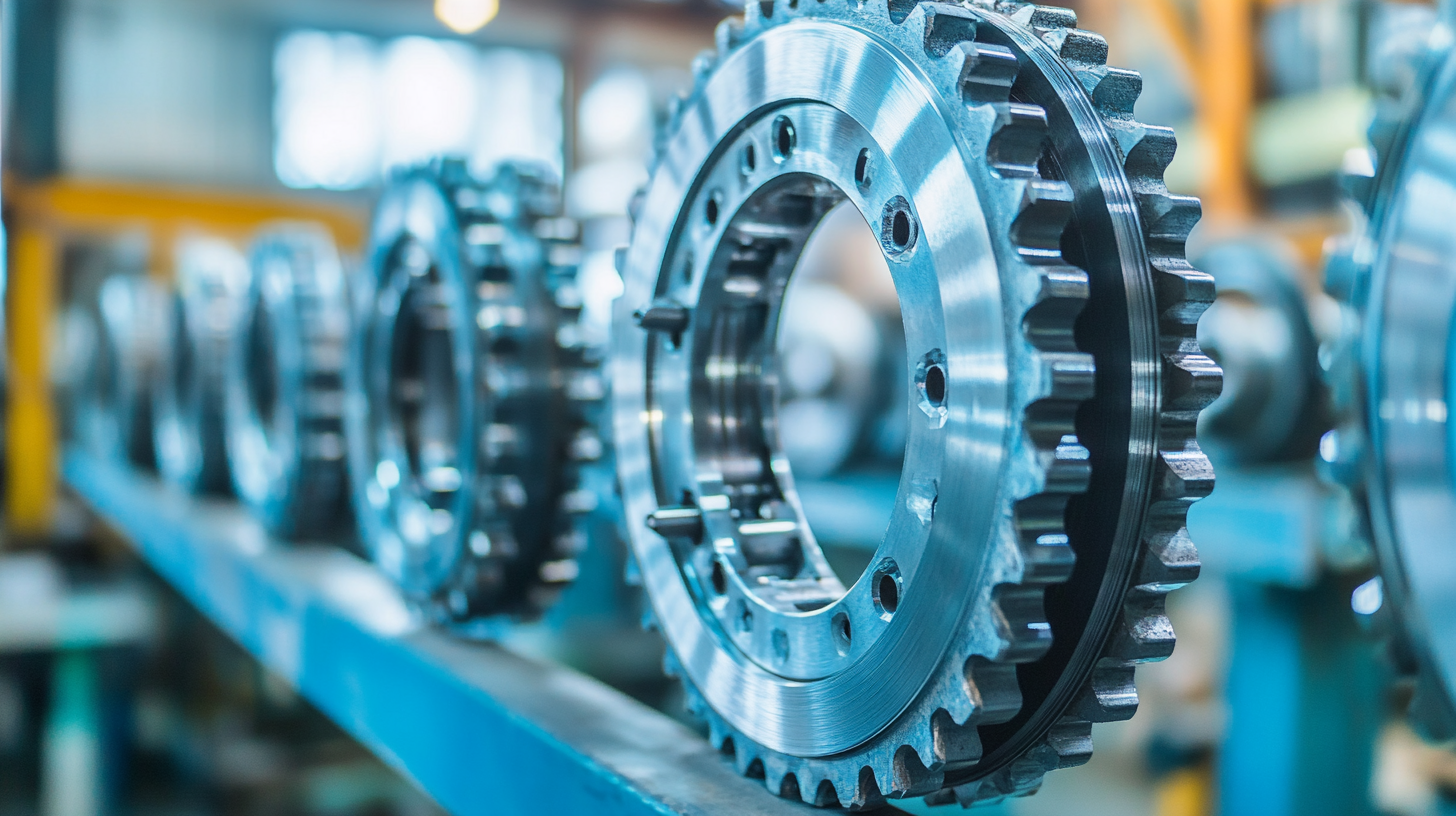China's Steel Bearings Market Thrives Amid US China Tariff Challenges and Global Demand Surge
In recent years, the steel bearings market in China has demonstrated remarkable resilience and growth despite the adversities posed by the ongoing US-China tariff disputes. This increase can be attributed to a surge in global demand coupled with the strategic innovation of Chinese manufacturers. Notably, the production of Stainless Steel Corrosion-Resistant Bearings has escalated, catering to diverse industrial needs and enhancing the competitiveness of Chinese products in international markets. As countries around the world prioritize quality and durability in their procurement processes, China's stainless steel bearings have emerged as a viable solution, capturing attention for their superior performance characteristics. This blog will explore how Chinese manufacturers are not only navigating the complexities of tariffs but are also thriving and expanding their market presence, setting the stage for a promising future in the global bearings industry.

The Resilience of China's Steel Bearings Market Amid Tariff Challenges
The resilience of China's steel bearings market is evident, particularly in the face of ongoing tariff challenges imposed by the United States. According to a report by the China Bearing Industry Association, the country's production of steel bearings reached approximately 1.5 million tons in 2022, marking a remarkable year-on-year growth of 6.7% despite the pressures from global trade tensions. This growth is largely attributed to domestic manufacturers' ability to adapt and innovate in their production processes, allowing them to maintain a competitive edge even amidst rising costs.
Furthermore, global demand for high-quality bearings has surged, with the market projected to reach $100 billion by 2025, as reported by Research and Markets. This increasing demand has spurred China's steel bearings sector to enhance its technological capabilities and expand into new markets. Notably, companies like ZWZ Bearing and HRB Bearing have invested heavily in research and development, enabling them to produce products that meet international standards and attract foreign clients despite the tariffs. This strategic pivot reveals not only the adaptability of Chinese manufacturers but also their commitment to leveraging global market opportunities in uncertain economic landscapes.
China's Steel Bearings Market Thrives Amid US China Tariff Challenges and Global Demand Surge
| Region |
Market Size (2022) |
Projected Growth Rate (2023-2028) |
Key Challenges |
Opportunity Areas |
| China |
$5 Billion |
5.5% |
US tariffs, raw material costs |
Technological innovation, export markets |
| North America |
$1.2 Billion |
4.2% |
Supply chain disruptions |
Sustainable manufacturing |
| Europe |
$1.5 Billion |
3.8% |
Regulatory compliance |
Expanding electric vehicle sector |
| Asia-Pacific |
$2 Billion |
6.0% |
Intense competition |
Rising industrial automation |
| Latin America |
$500 Million |
4.5% |
Political instability |
Growing infrastructure projects |
Impact of US-China Tariffs on Manufacturing Costs and Market Dynamics
The recent surge in China's steel bearings market is a testament to the resilience of its manufacturing sector, even when faced with the challenges posed by US-China tariffs. These tariffs, designed to protect domestic industries in the US, have inadvertently led to increased manufacturing costs for companies that rely on affordable materials from China. As a result, manufacturers are compelled to reassess their supply chains, often seeking alternative sources or investing in localized production to mitigate the financial impact.
Despite these challenges, global demand for steel bearings continues to rise, driven by a variety of industries, including automotive, aerospace, and renewable energy. This demand surge presents a unique opportunity for Chinese manufacturers to not only maintain their competitive edge but also innovate and improve production efficiencies. By adapting to the changing market dynamics and leveraging advanced technologies, they can offset higher costs while ensuring that their products remain attractive to international buyers. As manufacturers navigate through these turbulent waters, the ability to remain agile and responsive will be key to their sustained success in the global landscape.

Surge in Global Demand for Steel Bearings: Opportunities for Chinese Manufacturers
The global demand for steel bearings is experiencing an unprecedented surge, presenting lucrative opportunities for Chinese manufacturers. As industries across the globe continue to rely on efficient machinery and durable components, the need for high-quality steel bearings has never been more critical. Chinese manufacturers, with their robust production capabilities and innovative technologies, are well-positioned to meet this growing demand, despite the ongoing challenges posed by tariffs and trade tensions with the US.
Tips for manufacturers looking to capitalize on this opportunity include investing in advanced manufacturing processes and focusing on quality control. By adopting modern technologies such as automation and AI, companies can enhance their production efficiency while maintaining high standards. Additionally, building strong relationships with global suppliers and diversifying their customer base can mitigate risks associated with tariffs and supply chain disruptions.
Furthermore, embracing sustainability can also be a key differentiator in today's market. Manufacturers that prioritize eco-friendly practices and materials will not only appeal to environmentally conscious consumers but also align with global regulatory trends. By positioning themselves as leaders in sustainable production, Chinese manufacturers can gain a competitive edge and secure a significant share of the burgeoning steel bearings market.

Technological Advancements Driving Competitiveness in China's Steel Bearing Industry
China's steel bearing industry is witnessing unprecedented growth, fueled by significant technological advancements. According to a report by ResearchAndMarkets, the global bearing market is expected to reach USD 178 billion by 2025, with China's share projected to account for a substantial portion of this growth. Innovation in manufacturing processes, such as the adoption of automated production techniques and advanced materials, has improved product quality and reduced costs, placing Chinese manufacturers in a competitive position on the world stage.
Additionally, the integration of smart technologies, like IoT and AI, into the production and maintenance of steel bearings has transformed the industry. A study by TechNavio suggests that the smart bearing market alone could grow at a CAGR of over 12% from 2023 to 2028, with China leading in both innovation and deployment of these smart technologies. This shift not only enhances operational efficiency but also aligns with global demand for sustainable and high-performance products, reflecting China's responsiveness to changing market dynamics amidst the ongoing challenges posed by international tariffs and geopolitical tensions.
Distribution of China's Steel Bearings Market by Application in 2023
Market Projections: Growth Trends and Potential Challenges Ahead for Steel Bearings in China
The steel bearings market in China is poised for significant growth, driven by rising global demand despite the challenges posed by tariffs. Recent projections indicate that the ball bearing market is expected to grow from $25.24 billion in 2023 to $33.24 billion by 2032, reflecting a robust compound annual growth rate (CAGR) of approximately 5.5%. This growth aligns with China's ambitions to enhance its manufacturing capabilities and meet increasing domestic and international requirements.
However, the landscape is not without its hurdles. The recent tariff hikes, reaching as high as 145%, have pressured Chinese exporters and prompted a reassessment of international trade dynamics. As firms adapt to these changes, they may encounter both operational difficulties and shifts in supply chain strategies. Concurrently, the global push towards advanced manufacturing technologies in various sectors, including transportation and life sciences, continues to fuel the demand for high-quality steel bearings, highlighting opportunities even in the midst of obstacles.
Given these factors, while the market shows promising growth trajectory, stakeholders must remain vigilant to navigate regulatory environments and evolving trade implications effectively. As such, proactive planning and adaptation will be crucial for capitalizing on the growth potential within China's steel bearings sector amidst a complex global landscape.

Home
Products
Industrial Bearings
Deep Groove Ball Bearings
Self-Aligning Ball Bearings
Angular Contact Ball Bearings
Cylindrical Roller Bearings
Taper Roller Bearings
Spherical Roller Bearings
Bearing housing or Accessories
Miniature Bearing
Thrust ball bearing
Radial Spherical Plain Bearing
Pillow Block Bearing
Needle Roller Bearings
Automotive Bearings
Agricultural Bearings
Special Material Bearings
Industry Application
About Us
News
Contact Us





